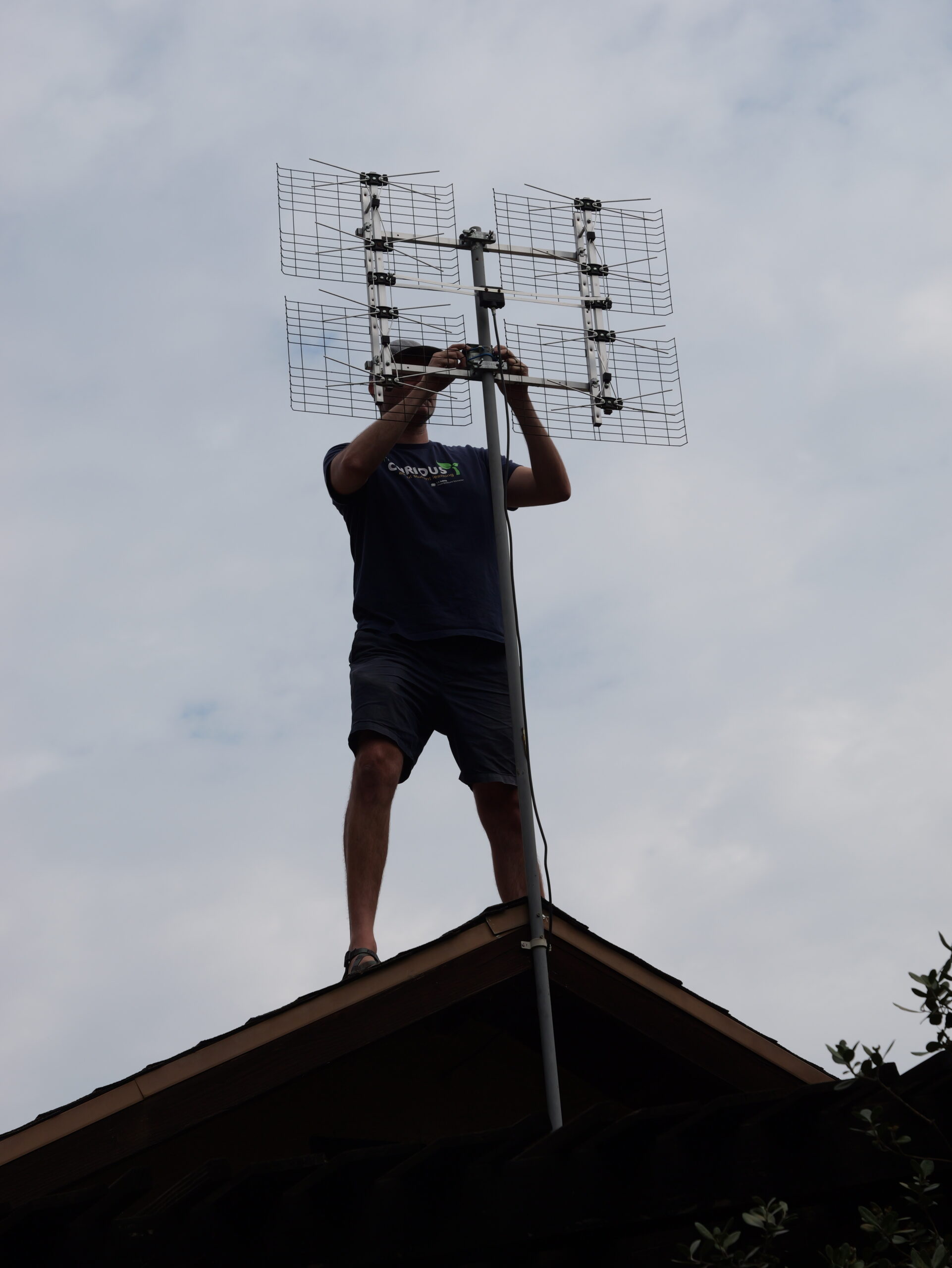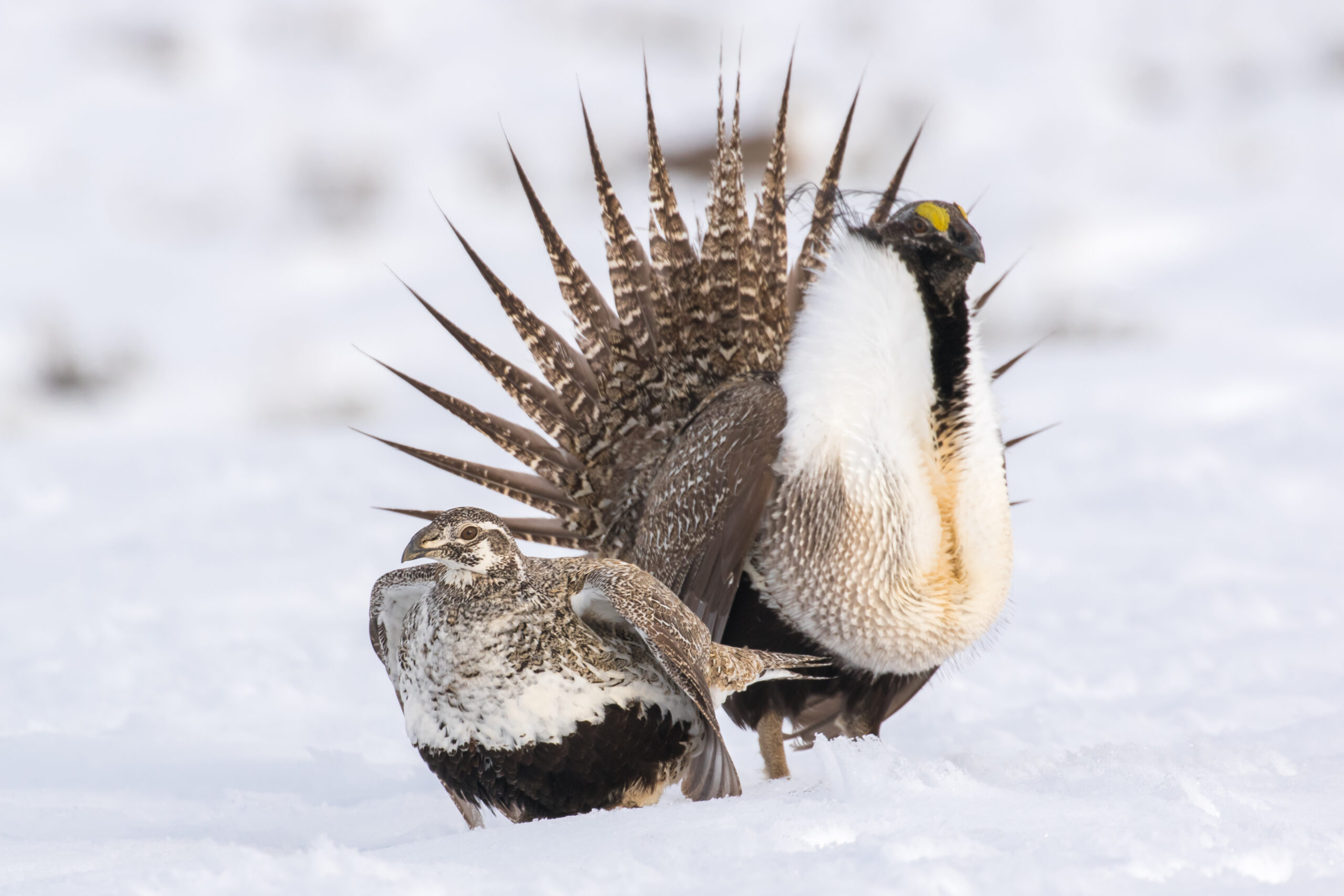| Sun | Mon | Tue | Wed | Thu | Fri | Sat |
|---|---|---|---|---|---|---|
| No General Meeting – July 2023 Meetings resume in September 7:00 pm No General Meeting – July 2023 Meetings resume in September @ Zoom Jul 11 @ 7:00 pm – 8:00 pm No Virtual General Meeting Meetings resume in September New to Zoom? Check out all you need to know here before the meeting. Description: Fresno Audubon Society PO Box 3315 Pinedale, CA 93650-3315 Thank you for your continued involvement in and support of Fresno Audubon... | ||||||
|
|
|
|
|
|
|
|
|
|
|
|
|
|
|
|
Introduction to Birding at the River Center
11605 Old Friant Rd
Fresno, CA 93730
Please register for the October 21 event here.
|
|
|
|
Introduction to Birding at the River Center
11605 Old Friant Rd
Fresno, CA 93730
Please register for the November 18 event here.
Please register for the November 18 event here.
Intermountain Nursery will host a birding class given by Fresno Audubon Society on the beautiful nursery grounds. Beginning birders will see and learn about fall migratory and resident birds in the foothills. Birders will discover easy ways to identify migrating and year-round, local birds. The class will include a walk around the nursery looking for birds. Bring binoculars, lunch, water and dress in layers. Fresno Audubon will have binoculars to loan if you do not have your own. Children are welcome. Rain cancels this event.
Here is a map of the location of Intermountain Nursery.
|
|
|
|
Wednesday Bird Walk at Jensen River Ranch
Registration is required for this event.
Join trip leader Wes Beal to explore Jensen River Ranch. We will meet at 8:00 a.m. the Art of Life Healing Garden next to the north east parking lot in Woodward Park.
From there we will walk down the Tom MacMichael Senior Trail to the San Joaquin River and along its bank upstream until we meet the Flood Control District’s ditch. We will continue along the MacMichael Trail following the ditch back toward the bluff, and circle back to the parking area. We hope to see many of our usual suspects including scrub jays, black phoebes, house finches, lesser goldfinches, red-tailed hawks, red-shouldered hawks, turkey vultures, American kestrel, great blue herons, double-crested cormorants and great egrets. Some of the fall returnees may show up as well, including cedar waxwing, northern flickers, various and sundry sparrows as well as migrating waterfowl.
Depending on time and interest, we may walk over to the large pond near the Park entrance, which should be populated with Canada geese, mallards, American coots, and pied-billed grebes, among others.
The $5.00 City entrance fee applies if you park in Woodward Park. Alternative parking may be available in the Fort Washington Shopping Center.
Registration is required for this event. If you have any questions, please reach out to trip leader Wes Beal at (559) 250-2988 or beal4farms@gmail.com








